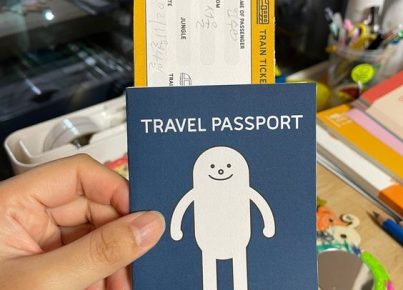When it comes to education, engagement is key. Google Earth is a powerful tool that can bring lessons to life, giving students a virtual window into different parts of the world without ever leaving the classroom. Here are 20 activities to help you incorporate Google Earth into your teaching and truly wow your students.
1. Virtual Field Trips: Use Google Earth to visit landmarks, natural wonders, and historical sites around the world.
2. “Where in the World?”: Have students guess locations based on clues you provide.
3. Cultural Comparisons: Explore and compare traditional homes, schools, or cities in various countries.
4. Weather Patterns Study: Track hurricanes, monsoons, or other weather phenomena as they occur in real-time.
5. Historical Maps: Look at historical map overlays and compare them to present-day images.
6. Environmental Changes: Use satellite imagery to study deforestation, glacier retreat, or urban sprawl over time.
7. Scavenger Hunts: Create a list of items for students to find on Google Earth.
8. Literature Trips: Visit places described in novels or author’s hometowns to bring literature to life.
9. Longitude and Latitude Practice: Have students locate various coordinates and learn about how these are determined.
10. Ocean Exploration: Dive into oceans with Google Earth’s underwater terrain feature.
11. Space Exploration: Switch from Earth view to Sky view and explore outer space.
12. Create a Story Map: Students can create their own narratives by mapping out locations of a fictional story or a personal travelogue.
13. City Planning: Learn about urban development by analyzing city layouts and infrastructure.
14. World Religions Tour: Explore significant religious sites around the globe and discuss their historical importance.
15. Biodiversity Studies: Investigate different ecosystems and the species that inhabit them.
16. Sustainability Projects: Identify renewable energy sources like solar farms or wind turbines around the world.
17. World Languages Expedition: Explore regions where specific languages are spoken and listen to local radio through Google Earth features.
18. Geological Formations Search: Analyze different geological formations visible from satellite images such as mountain ranges, volcanoes, or river deltas.
19. Government Systems Explained: Compare country borders from different periods and discuss how political systems affected them.
20. International Cuisine Ques: Discover what traditional dishes look like from above and learn about their ingredients and preparation methods.
These Google Earth activities are designed not only to educate but also to inspire curiosity in students across multiple disciplines – from geography and history to science and literature. With such depth at your fingertips, every lesson can be an adventure!





